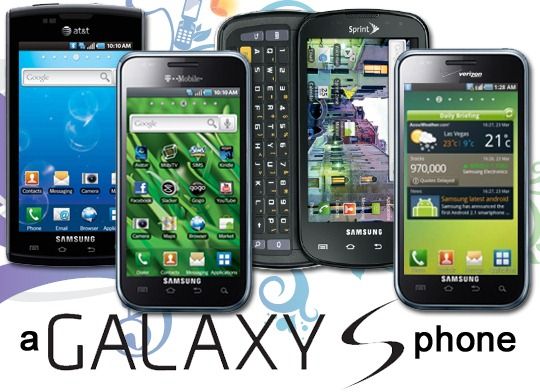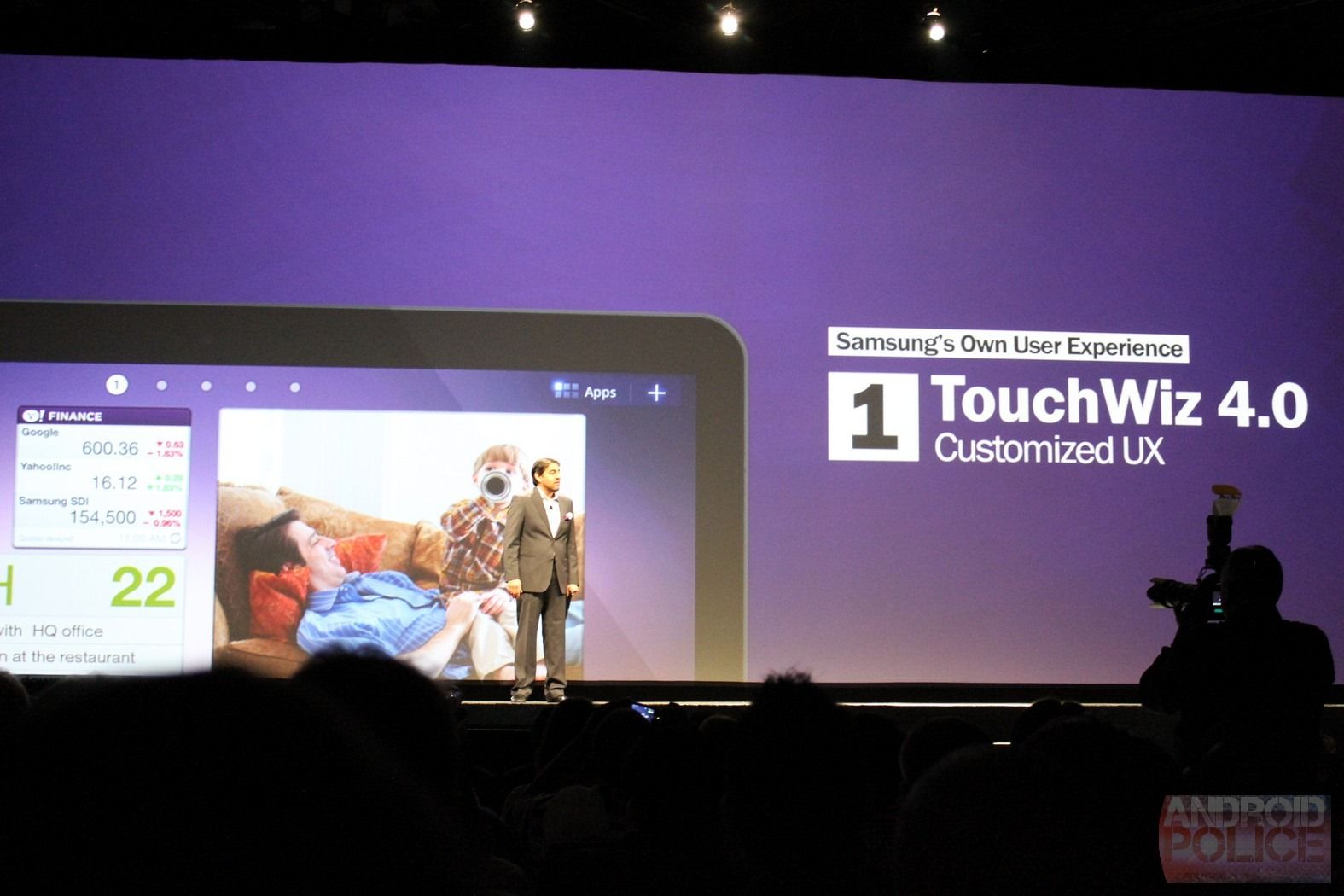latest
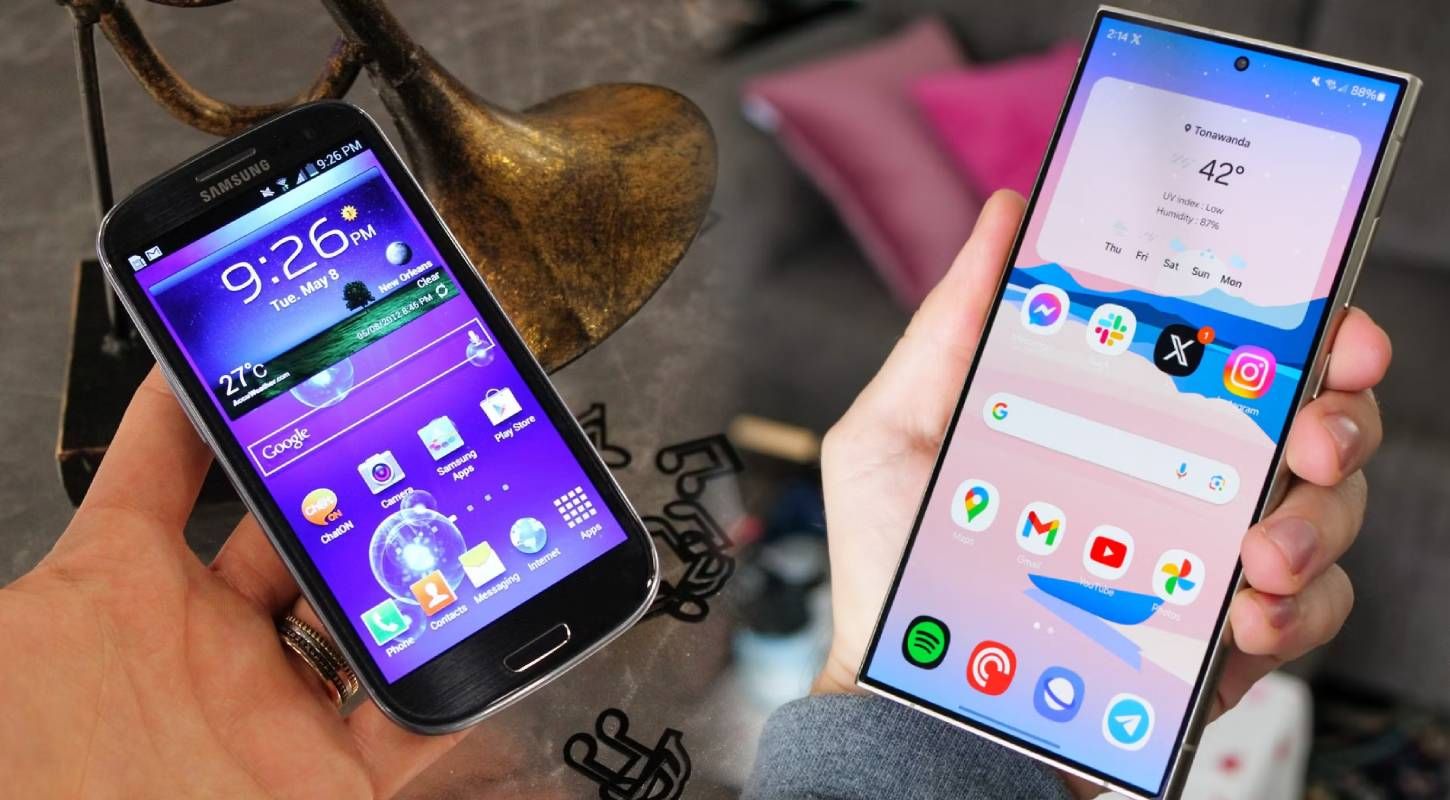
Frogs in boiling water: How smartphones got so huge
It’s our own fault there are no more small phones
At 142mm tall, 70mm wide, and 8mm thick, 2011's Samsung Galaxy Note was smaller than today's Galaxy S24, now widely considered one of the best small phones. The first Note received generally positive reviews — as well as criticism for being "positively gargantuan."
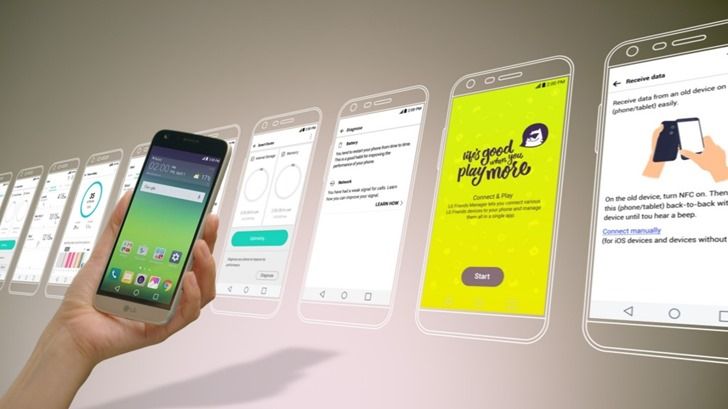
Years and years after Samsung, HTC, and Motorola started plopping bloated skins on top of stock Android, manufacturers are still trying to create semi-artificial market differentiation with their shiny software toys. While manufacturer skins have gotten more tolerable as of late (thanks in no small part to the way they've also become much more resource efficient), it's still vaguely annoying that all these companies feel the need to spend vast amounts of time and effort completely overhauling something that already works pretty well.
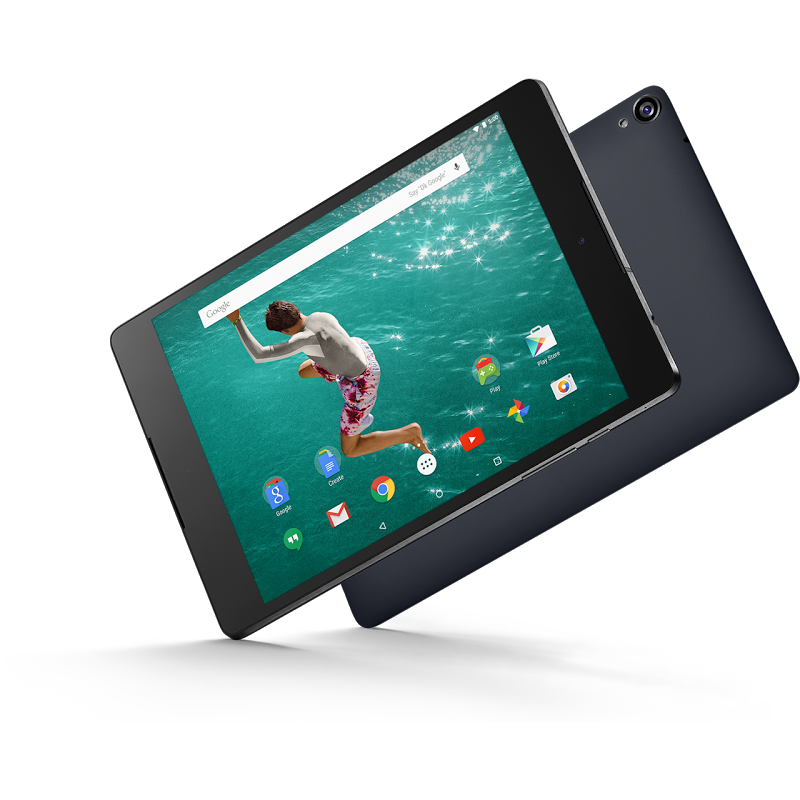
Initial reactions to the Nexus 9 have been less than stellar, to say the least. In David Ruddock's review, one of many sour points for the hardware was the volume and power buttons:
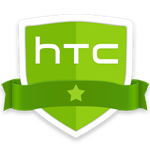
It looks like HTC is intent on getting all its news crammed into one week. Just a few hours before its scheduled media events in New York and London, wherein the company will reveal the New One (or at least show off whatever hasn't been leaked yet), HTC has been uploading apps to the Play Store like there's no tomorrow. In addition to the Blinkfeed launcher and SenseTV apps, the Sense versions of the Gallery and HTC Guide have been added to HTC's publisher page.

Getting in some early news, Samsung has - as part of CES 2014 - announced its new Samsung Smart Home service, a means by which users will be able to control all their connected home appliances (from refrigerators to air conditioners to smart light bulbs) through a single app on their compatible smartphone, tablet, smart TV, or wearable device.

They've done it with the camera. They've done it with Touchless Control and Migrate. They've even done it with the FM Radio from the brand new Moto G. Now Motorola is moving even more of its proprietary phone apps into Google Play Land, presumably to allow for more frequent and reliable updates. Today Motorola Assist and Motorola Connect, both exclusive to the Moto X and Verizon's new Motorola DROID phones, are available on the Play Store.
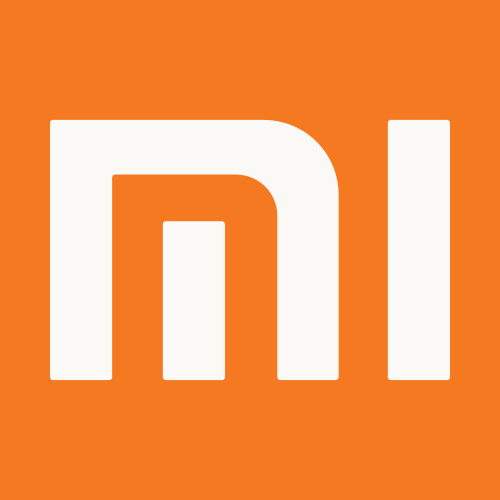
It's not all that uncommon for software companies to roll out updates on a monthly, even weekly basis, but manufacturers are typically content to improve their products much more slowly. This isn't the case with Xiaomi, the successful Chinese smartphone maker Hugo Barra, former Vice President of Product Management for Android, left Google to join a few months ago. The company ships a new batch of phones every week, partially relying on user feedback to determine what changes they should make for each group - new shipments come out every Tuesday at noon Beijing time, containing new software builds and possible minor hardware tweaks.

Just in case you slept through the first week of January, take a peek back at our coverage of Project Shield, NVIDIA's attempt to inject the Android gaming market with a Tegra 4-powered supersoldier serum. There's still no word on exactly when shield will hit the market, but the boys in green want to make sure it stays in your mind. To that end, they've just posted a short run-down of a year's worth of Shield development on their blog, including the frantic construction of show-ready units less than two weeks before NVIDIA's CES presentation. Fried chicken was apparently a vital component of the limited manufacturing process.

OtterBox, one of the leading names in protective cases and accessories for just about every popular mobile device under the sun, announced today the acquisition of Wrapsol, a Boston, Massachusetts based manufacturer of several lines of protective film wraps for smartphones, tablets, and e-readers, and makers of an interesting "Grip Pad" line introduced at CES 2012 that provides a, well, grippy surface to hold onto so your device can avoid the drops Wrapsol's films protect it from.

[Weekend Poll] In A Perfect World, Who Would Manufacture The Next Nexus Phone?
[note]This is the latest in our Weekend Poll series. For last week's, see Will You Buy Magazines From The Play Store?[/note] Google usually releases a

In a fascinating new video titled "Get to know the HTC EVO 4G LTE," HTC explains the ins and outs of Sprint's One X variant, from the conceptualization of its design, to decisions surrounding build quality, materials, and a pretty interesting explanation of the new EVO's soft-touch unibody form.
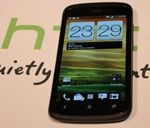
Back in the early days of Android, HTC's Sense UI really stood out as a much-needed step up in the UI department, compared both to stock Android and to competitors custom UIs. Like a hard-partying rock star, though, it just didn't age well; it went from sleek, helpful, and attractive, to bloated and borderline obtrusive. Sense 4.0 - which we spotted slapped atop of Ice Cream Sandwich - was definitely a step against that direction in some ways, but still offended some people - Cameron included.

Yesterday, we saw the first glimpse of Sense 4 on Android 4.0 on the HTC Ville. While watching the video, I assumed that the handset was running Gingerbread since it looked just like previous versions of Sense (save for the updated launcher). The only thing that even slightly resembled ICS is the Roboto font in the clock.

It seems that Corning is gearing up for an exciting CES this year (which is just a few short days from beginning), publishing a news release earlier today which details the glass giant's plans for the world's largest consumer technology tradeshow.

According to a group of computer scientists at North Carolina State University, a vulnerability exists within many Android devices that would allow hackers (or malicious apps) to bypass the permissions request process and tap into audio and location, wipe apps and data, or send unauthorized SMS messages, all without the user knowing.
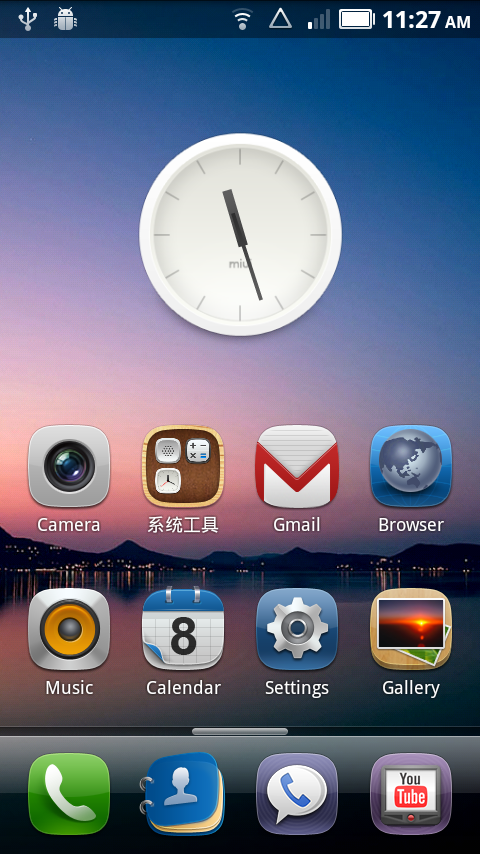
I'm curious to see what percentage of our readers who run custom ROMs are using AOSP (Android Open Source Project - something pretty close to vanilla Android, such as CyanogenMod), and what percentage are using something based on stock device ROMs. More specifically, I want to find out if people on certain manufacturers are more likely to go AOSP than others - in other words, is Blur/NinjaBlur pushing more people to AOSP than TouchWiz, or is there no difference?
